Sweeteners
How often do you hear people say that they don’t actually consume much sugar in their diet? It is alarming to hear the latest statistics from the USA that the average American eats 22 teaspoons of sugar a day, despite the recommendation of 8-10 teaspoons, and it's on the rise. Given most Australians also consume what is referred to as the Standard Western Diet, our sugar consumption cant be far behind! The frightening thing is that most of the sugar we consume is “hidden” in processed and packaged food, take away and soft drinks.
So, what's so bad about refined sugar?
Sugar is high in calories and excess consumption has many side effects such as tooth decay, diabetes, obesity and because of its inflammatory effect on our bodies, is being linked with many types of diseases, in particular, certain types of cancer and Alzheimers Disease.
What about artificial alternative sweeteners like aspartame?
Artificial sweeteners are supposedly “technically safe” but are coming under increased scrutiny because of the side effects experienced by some people, which range from headaches to liver/kidney damage. There is also some evidence to suggest they can negatively impact our gut microbiome.
Unrefined Alternative Sweeteners
It is important to remember that using a less refined alternative doesn’t give you the green light to over indulge. Even unrefined alternative sweeteners should be consumed in moderation. We will list the GI or glycemic index for different sweeteners as a guide to how quickly each will raise blood sugar levels.
MONK FRUIT AKA LAKANTO
Monk fruit is derived from a small melon which is native to China and Thailand and has been used in Eastern medicine for many years. It is 150-200 times sweeter than sugar so you don’t need to use much. Monk fruit has no calories, a GI of zero, wont raise blood sugar levels and doesn’t feed candida yeast. Our bodies seem to process it differently to sucrose or fructose. For all these reasons, it is our current favourite. We buy it in several different forms: either as a concentrate in the form of drops - available from heath food shops, or in a powdered form which is either pure monk fruit or sometimes mixed with erythritol (more about that later) at supermarkets.
DATES
Dates are one of the oldest fruits in cultivation. They are easy to digest and contain fibre, iron, manganese, magnesium and vitamin B6. We always use Medjool dates as they are moister than many packet varieties. Dates are the sweetener used in our bliss ball recipe below.
RAW HONEY
Raw honey is one of the oldest and best sweeteners. It has a GI of 30, contains many vitamins minerals and enzymes. It promotes the growth of good bacteria in the gut, is antimicrobial and antibacterial so has many health benefits. Buy raw honey - preferably from your local bee keeper or farmers market, as pasteurised honey loses many of its health benefits. With the exception of Jarrah, crystallisation of raw honey is a natural process and does not mean it has gone off. Keep it in a warm place or place in a water bath to liquify it - just don't use the microwave!
MAPLE SYRUP
Maple syrup is native to North America and Canada, has a GI of 54 and contains minerals and vitamins. It goes through minimal processing and is available as grade A and B, with the latter being darker and retaining more benefits and antioxidants than the lighter grades. Don’t be fooled into buying imitations!
COCONUT SUGAR
Coconut sugar has a GI of 35, is rich in minerals and works well for baking because of its lovely toffee flavour. It is our number one choice for cakes, biscuits and slices.
RICE MALT SYRUP
Rice malt syrup contains no fructose but isn’t as sweet as sugar so you will need to use more, Always look for organic as non-organic rice can contain significant levels of arsenic.
STEVIA
Stevia is a herb that is 200 times sweeter than sugar, has no calories, and is available as drops or a powder. If you are buying powder always look for green stevia which is less processed than the white powder. Stevia can sometimes have a bitter or metallic aftertaste if you use too much. Stevia plants are often available at nurseries so you can actually grow your own, then dry and powder the leaves.
AGAVE SYRUP
Agave syrup was one of the first unrefined sweeteners but seems to have fallen out of favour more recently. It has a lovely caramel flavour and a low GI of 15 but has a high percentage of fructose so should be used sparingly.
COCONUT NECTAR
Coconut nectar might be harder to find. It has a GI of 35 and contains minerals and vitamins. The lighter the shade of nectar the less heat treated the syrup has been.
XYLITOL
Xylitol is a low calorie sugar replacement suitable for diabetics, although it can cause bloating in some people. It looks like refined sugar and behaves like sugar in baking. It has a gritty texture so is best powdered so it looks like icing sugar. Look for xylitol that is derived from the birch tree rather than corn (which may be genetically modified)
ERYTHRITOL
Erythritol, like xylitol and sorbitol, is what is called a sugar alcohol. Because it is processed differently in our bodies to xylitol, erythritol doesn’t cause bloating or digestive problems
BACKSTRAP MOLASSES
Like molasses, backstrap molasses also comes from cane sugar, but has the lowest sugar content of any sugar cane products. It has a low GI but a very strong taste.
YACON SYRUP
Yacon syrup, if you can find it, has a GI of only 1, is fructose free and tastes a little like molasses.
So, how do you decide which sweetener is best for you?
Its really comes down to personal preference and which taste you prefer, but try and find a more natural alternative to artificial sweeteners.

